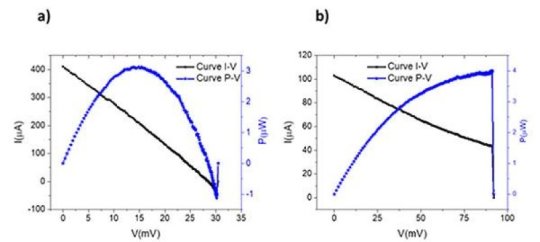[ad_1]
In an article published in the SPIE Journal of Nanophotonics (JNP), researchers from a collaboration of three labs in Mexico demonstrate an innovative nanodevice for harvesting solar energy. The paper, “Thermoelectric efficiency optimization of nanoantennas for solar energy harvesting,” reports that evolutive dipole nanoantennas (EDNs) generate a thermoelectric voltage three times larger than the classic dipole nanoantenna (CDN).
Capturing visible and infrared radiation using nanodevices is an essential aspect of collecting solar energy: solar cells and solar panels are common devices that utilize nanoantennas, which link electromagnetic radiation to specific optical fields. The EDN antenna can be useful in many areas where high thermoelectric efficiency is needed from energy harvesting to applications across the aerospace industry.
“The paper reports on a novel design and demonstration of a nanoantenna for efficient thermoelectric energy harvesting,” says Professor Ibrahim Abdulhalim, JNP Associate Editor, SPIE Fellow and a professor in the Electrooptics and Photonics Engineering Department at Ben-Gurion University of the Negev. “They demonstrated thermoelectric voltage three times larger than a classical antenna. This type of antenna can be useful in many fields from harvesting of energy from waste heat, in sensing and solar thermal energy harvesting.”
The nanoantennas are bimetallic, using nickel and platinum, and were fabricated using e-beam lithography. The nanoantenna design was optimized using simulations to determine the distance between the elements. In comparing their thermoelectric voltage to the classic dipole nanoantenna, the EDNs were 1.3 times more efficient. The characterization was done using a solar simulator analyzing the I-V curves. The results indicate that EDN nanoantenna arrays would be good candidates for the harvesting of waste heat energy.
Story Source:
Materials provided by SPIE–International Society for Optics and Photonics. Note: Content may be edited for style and length.
[ad_2]















